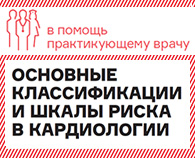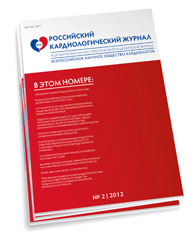Oral anticoagulants less used in paroxysmal than persistent AF: NCDR data
Cardiologists are significantly less likely to prescribe oral anticoagulation therapy for their patients with paroxysmal, compared with persistent, atrial fibrillation, despite similar thromboembolic risks associated with the two forms of AF, suggests an analysis based on data from the National Cardiovascular Data Registry (NCDR) [1].
The guidelines call for oral anticoagulation therapy for AF regardless of whether it's paroxysmal or persistent, observed Dr Jonathan C Hsu (University of California, San Francisco), who presented the analysis here at the Heart Rhythm Society 2013 Scientific Sessions. It's based on about 62 000 patients with a CHADS2 score of >2 treated at private and academic cardiology practices and who entered the NCDR PINNACLE registry from 2008 to 2012.
"We're finding in real-world practice that cardiologists are prescribing oral anticoagulation less for their paroxysmal atrial fibrillation patients; they're more likely to prescribe antiplatelet therapy for them as their only means of thromboembolic protection and more likely to have them on no [antithrombotic] treatment at all compared with their patients with persistent atrial fibrillation," Hsu told heartwire.
Even in this PINNACLE cohort, considered at intermediate to high thromboembolic risk, he said, oral anticoagulants were 26% less often prescribed to patients with paroxysmal AF, and they received antiplatelets without anticoagulation almost 80% more often; they were 20% more likely not to receive either.
"I think this is a wake-up call for us as clinicians, that we really need to consider these two subtypes of atrial fibrillation as [posing] the same thromboembolic risk and treat them appropriately, as the guidelines say," Hsu said.
In multivariate analysis of 62 018 patients, the risk ratio (RR) for prescription of oral anticoagulants in the 75% of patients with paroxysmal AF, compared with the 25% with persistent AF, was 0.74 (95% CI 0.72-0.77). For treatment with antiplatelet agents but no oral anticoagulants, it was 1.79 (95% CI 1.70-1.88), and for treatment with neither form of antithrombotic therapy it was 1.20 (95% CI 1.13-1.27). All were significant at p<0.001.
The analysis defined oral anticoagulation as warfarin, dabigatran (Pradaxa, Boehringer Ingelheim), or rivaroxaban (Xarelto, Bayer/Johnson & Johnson) (Hsu said it was the latter two in about 10% of cases) and antiplatelet therapy as aspirin, dipyridamole (Aggrenox, Boehringer Ingelheim), or a thienopyridine. It was adjusted for age, sex, race, body-mass index, region of US, type of insurance, diabetes and cardiovascular comorbidities, history of systemic embolism or stroke, CHADS2 score, and history of tobacco use.
It's worth exploring whether the growing use of dabigatran, rivaroxaban, and apixaban (Eliquis, Bristol-Myers Squibb/Pfizer) is having an effect on oral anticoagulant prescriptions in AF, according to Hsu. "We're seeing a gap in the care that these paroxysmal and persistent AF patients are getting. Could that gap narrow with the novel anticoagulants? I think that's the next question."
Source: www.theheart.org






